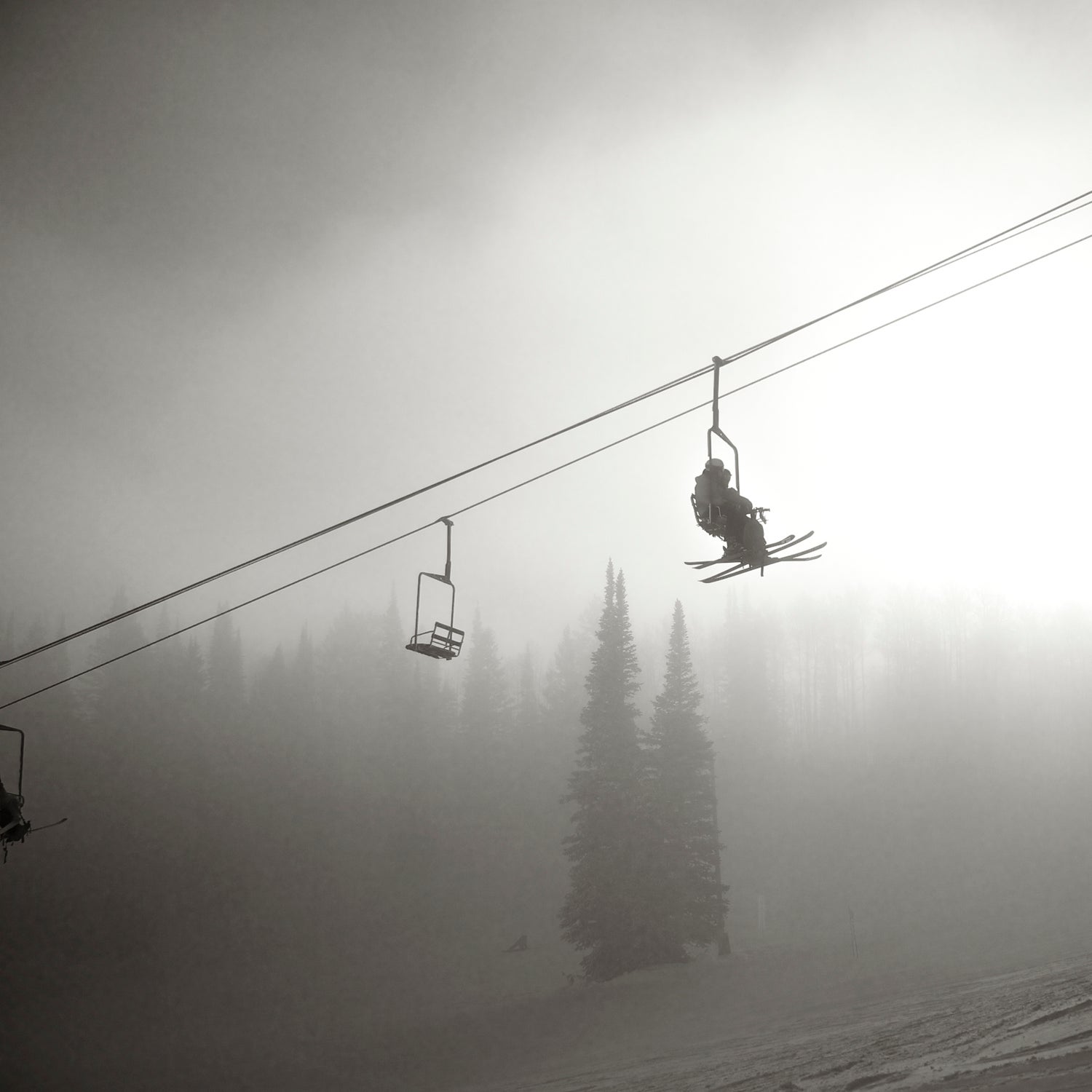Forty-eight people were from two cars on the aerial tram at New Hampshire’s Cannon Mountain last week due to a mechanical breakdown. The rescue process, which required rappelling passengers from the tram some 40-plus feet to the ground below, took less than two hours and went off without a hitch. Lifts break down all the time, but evacuations? Those are quite rare.
“Our ski areas are certainly well trained and prepared for those rare instances when [evacuations] do occur,” says Dave Byrd, director of risk and regulatory affairs for the . “Our chair lifts often operate under extreme weather conditions and in harsh environments, but when a rare mechanical or weather issue arises, our ski patrollers do an amazing job of professionally and safely evacuating our guests as quickly as possible.”
Dennis Durrant, a Snowbird ski patroller for the last 18 years, says he’s seen one evacuation during his tenure, when , the resort’s longest lift, in 2009. Patrollers started at the top of the lift and worked their way down in teams, handling one span of the lift at a time. To get passengers to the ground, a patroller climbed the lift tower and secured a rope to the lift cable with a one-person seat attached (called a T seat). The patroller then slid down the cable to each chair, secured passengers one-by-one into the T-seat, and lowered them to the ground via a relay system.
Durrant says Snowbird always tries to make repairs before committing to an evacuation. At the same time, they don’t like to keep passengers stuck on a lift for too long. “We try to make the decision after 10 minutes of a lift being broken down: Are we going to evacuate or not?” he says.
At Jackson Hole Mountain Resort, the previous tram, which was replaced with a in 2008, had one evacuation in its 40-year history, in 1996. At Jackson, tram operators conduct real-life training for tram evacuations twice a year, plus monthly simulated trainings in their motor room. In the event of the real thing, they would lower passengers to the ground, too, but use a body harness instead of a T seat. If the tram were to get stuck above a precarious spot where it was impossible to lower people straight down—say right above one of the cliff bands—they would angle the rope so people were lowered to a spot where rescuers could stand.
“The evacuation procedure is our last back up,” says Mike Vase, Jackson Hole’s aerial tram maintenance manager. “We have seven other ways to get the cars back into dock before we even think about evacuating, including two diesel motors, a backup generator if we lose power, and more.”
Rich Burkley, vice president of mountain operations for Aspen Skiing Company, just saw his first lift evacuation in his 27 years on staff when the , one of Aspen’s four resorts, was evacuated this past December. They used a large harness, similar to what the Coast Guard uses for water rescues, to belay the people down. “Evacuations usually occur no more than once every 30 years,” Burkley says. “Hopefully, if you’re doing your lift maintenance correctly, you really should not have evacuations more frequently than that.”
So, if you’re stuck on a chairlift, know that resort operators are well trained to get you down safely. You may even get a free lift ticket once you’re back on the ground.


